Blending Aesthetics with Protective Measures
Tinker Air Force Base is Oklahoma's largest single-site employer, welcoming more than 27,000 military and civilian employees through its gates every day. Much of the traffic now flows through the base's revitalized front entrance at Tinker Gate. To create a new doorway that meets protection standards and incorporates aesthetic features, the improvement project required an extensive engineering effort.
The U.S. Air Force Base demolished and rebuilt Tinker Gate as its new 24-hour entrance, which involved constructing a new Pass and ID Building/Visitor's Center and redesigning the security checkpoint. Eaker Gate, which had served as the primary entrance, couldn't handle the daily traffic, and it was difficult to conduct security checks without traffic backing into city streets.
"The new Tinker Gate projects a high-tech, professional image that blends in with its surroundings," said Zack Marshall, project manager with The Ross Group. "Government and military officials wanted this project to set the standard on how future base entrances look. The new gate not only accomplishes this, but it also increases security features and improves traffic flow."
Garver served as a subconsultant to The Ross Group on this design/build project, providing structural, mechanical, electrical and civil design.
Due to site constraints, the 3,775-square-feet visitor's center couldn't achieve the required standoff between the building and the road. To compensate, the structure combined a 33-feet-wide clear zone with an increased level of anti-terrorism/force protection. The protection strategy features precast concrete walls to harden the building's exterior. Steel-beam framing supports the thick cast-in-place concrete roof, and blast-resistant doors and windows protect the structure from explosive devices.
"The required blast rating for the visitor's center certainly tops the charts," said Garver Project Manager Mike Morgan. "It features some heavy duty material. In addition, the visitor's center is designed as a tornado shelter and can withstand 250 mile-per-hour winds."
An 18-inch curb along the entry drive reinforces the standoff distance. The new road's curving alignment forces six lanes of traffic to slow down, and limited landscaping keeps sight lines clear and ensures that soldiers can see approaching vehicles.
One artistic feature is the roof over the checkpoint. Taggart Foster Currence Gray Architects designed the large canopy to resemble an airplane wing. The sleek-looking structure is a standing seam metal roof with aluminum composite panels.
"The architect's design called for cantilevers up to 13 feet long, so the biggest challenge was limiting the structural steel beam deflections due to gravity and wind forces," said Garver structural engineer Jason Johnston. "Oklahoma winds will test that canopy over and over again. The framing geometry required to meet the architect's vision was also very complex, and a lot of time was spent on detailing."
Additional project requirements included modifying an Oklahoma Department of Transportation Interstate 40 off-ramp, moving the adjacent Tinker Golf Course 14th hole tee box and routing traffic through a different entrance while Tinker Gate was closed.
"Now that the new entrance is open, traffic flow is more efficient, the anti-terrorism/force protection is improved and the aesthetic features make quite a statement," said Garver project engineer Jared Inman. "The redesigned Tinker Gate gives visitors a great first impression."
A Green Touch
The new visitor's center is Tinker Air Force Base's first LEED-certified building.
"The U.S. Green Building Council has guaranteed the structure LEED Silver certification, and recent developments may allow it to reach Gold status," said Justin Brown, assistant project manager with The Ross Group. "We made many design considerations to construct an efficient, green building."
Maximize Open Space: The federal government set aside 27,771 square feet (exemplary performance) of open lawn space around the visitor center to offset the effect of the development footprint.
Optimize Energy Performance: The visitor's center is expected to cost 24 percent less to operate than a comparable code-compliant building due to energy saving design strategies involving the HVAC, water and lighting systems.
Water Use Reduction: Installing low-flow fixtures helps reduce potable water usage by more than 40 percent.
Construction Waste Management: More than 90 percent of the construction waste was diverted away from landfills, allowing materials to be recovered, recycled and reused.
Recycled Content: More than 23 percent of construction materials contained recycled content.
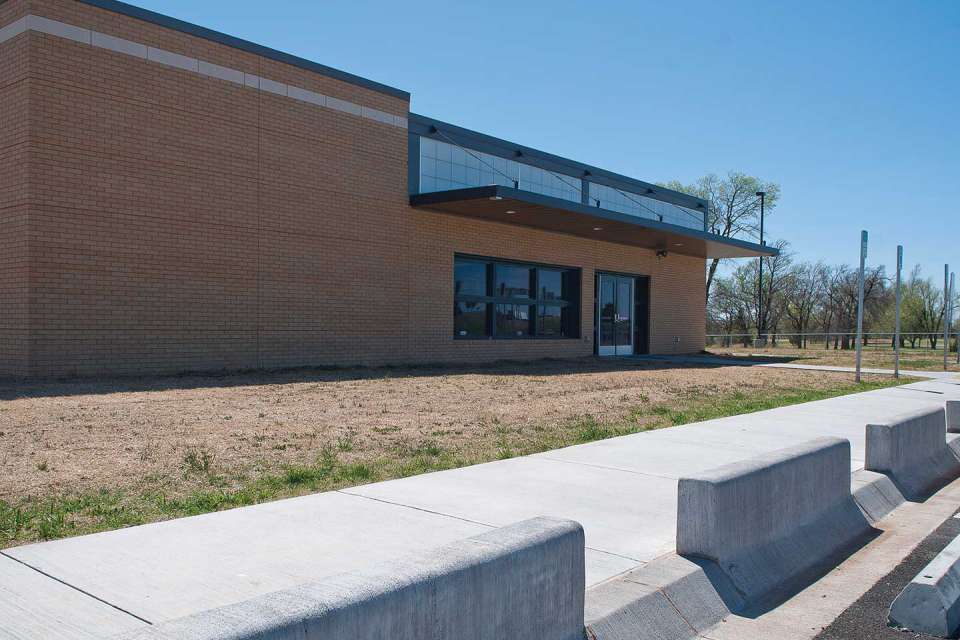
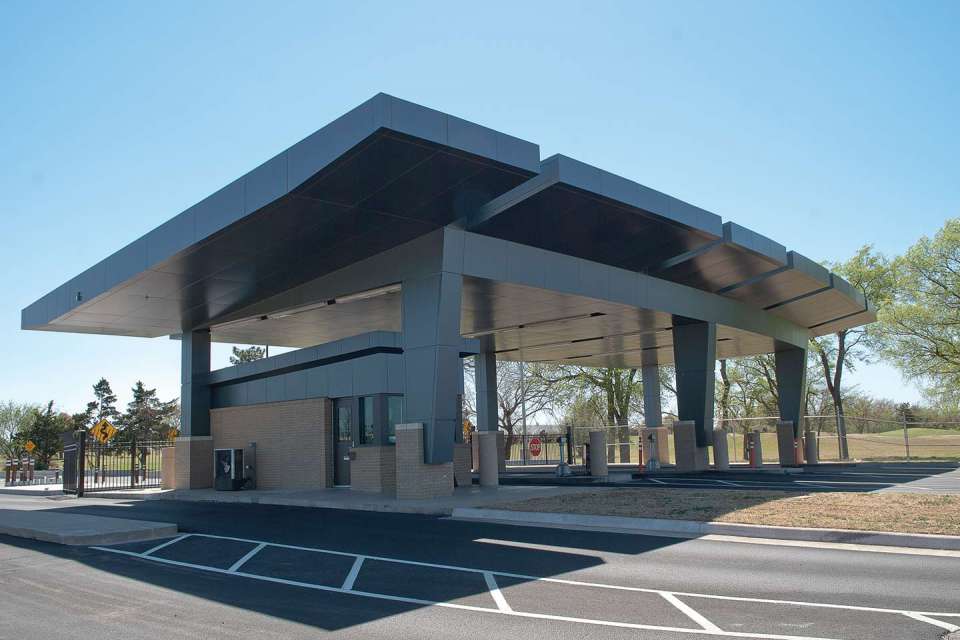
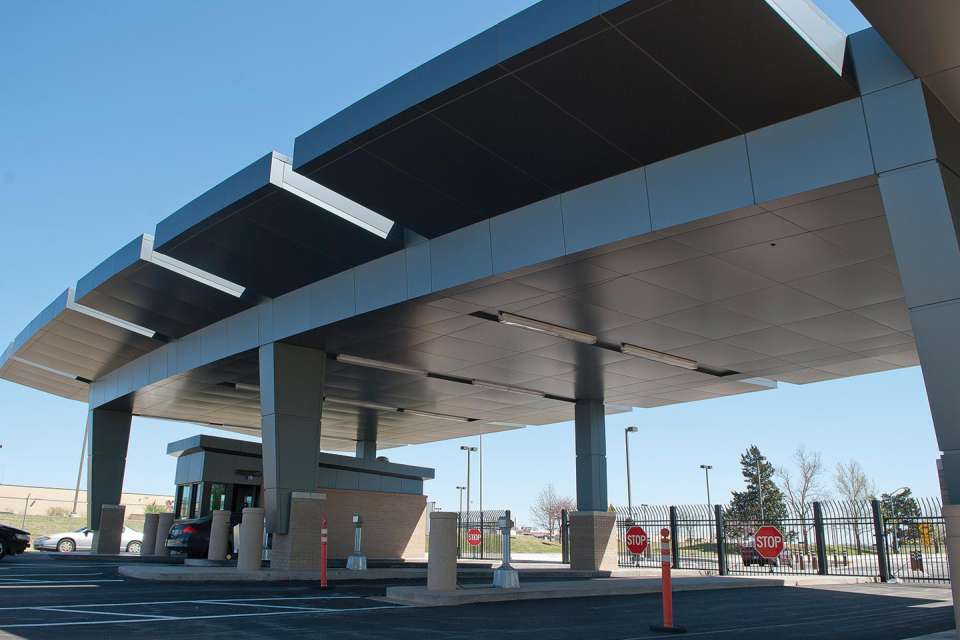
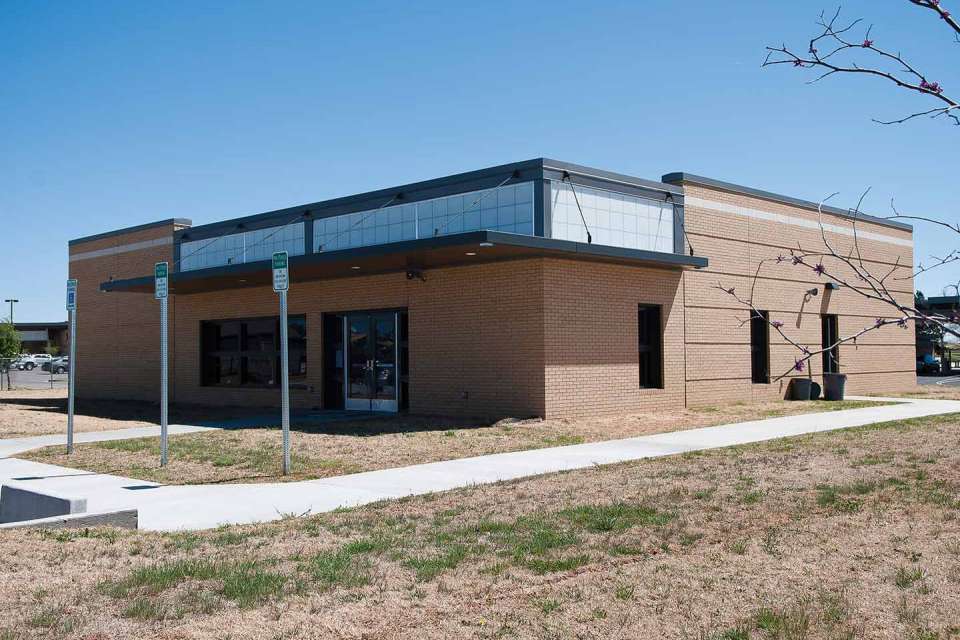
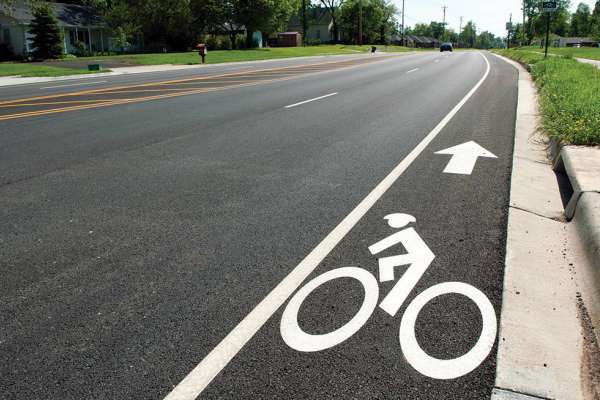

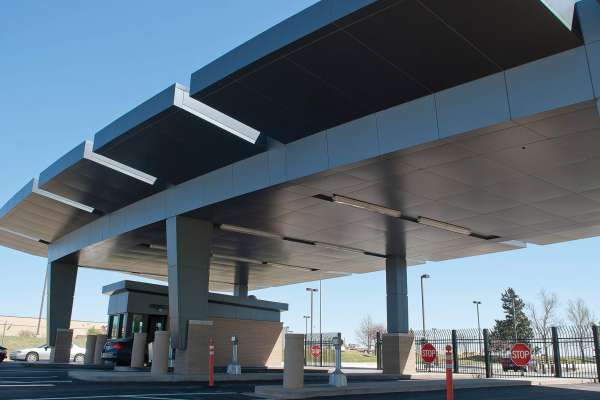
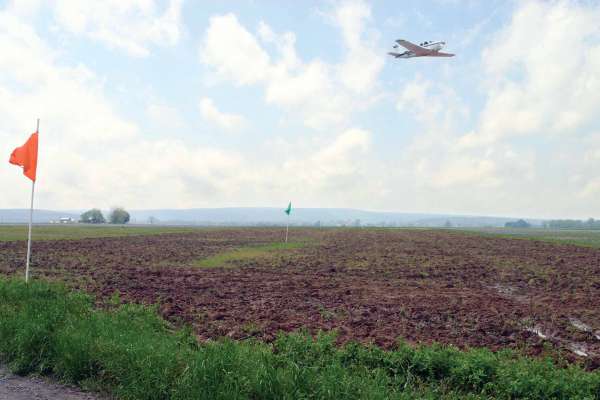
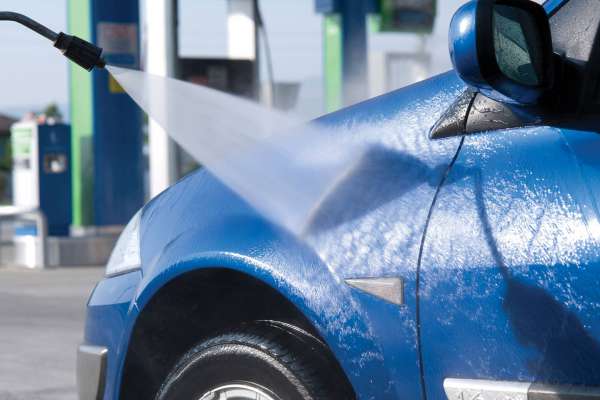

Share this article